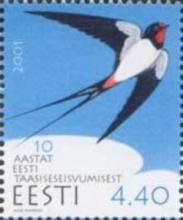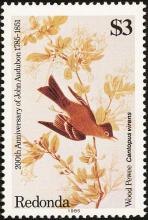Loss of nesting sites is not a primary factor limiting Chimney Swift populations
Aerially-foraging insectivorous bird populations have been declining for several decades in North America and habitat loss is hypothesized as a leading cause for the declines. Chimney Swifts (Chaetura pelagica) are a model species to test this hypothesis because nest site use and availability is easily assessed. To determine if nest site availability is a limiting factor for Chimney Swifts, we established a volunteer-based survey to inventory and describe chimneys (n = 928) that were used or unused by swifts.










